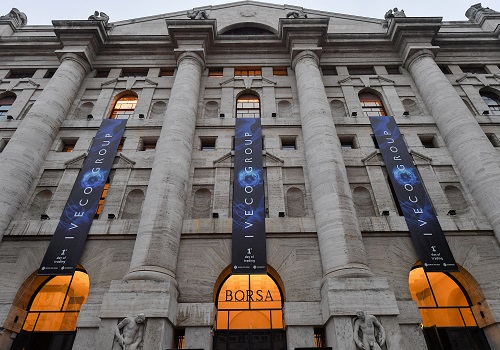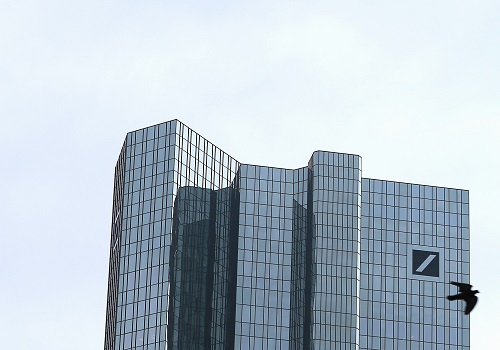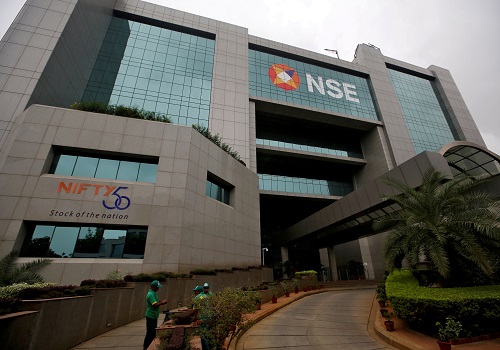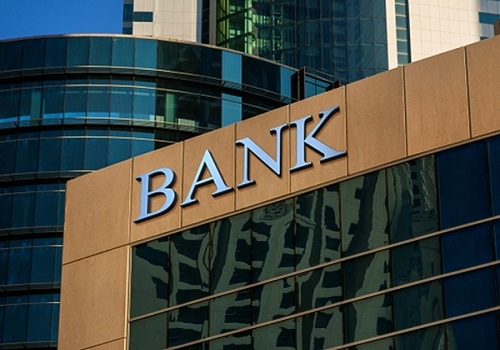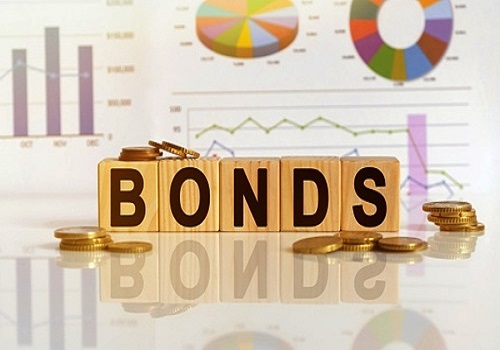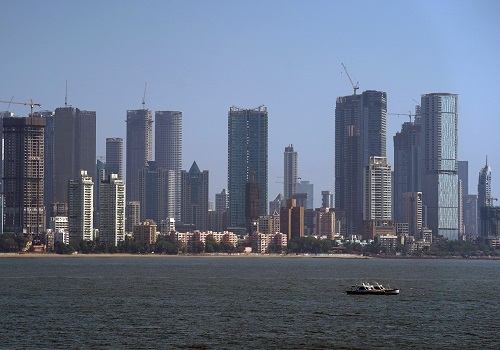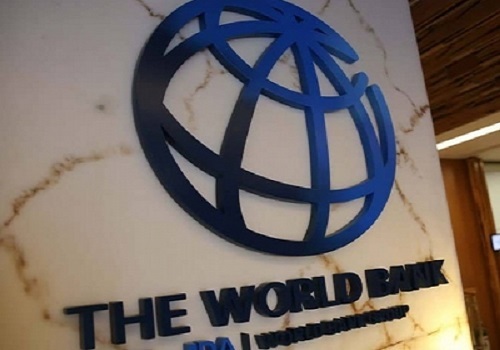Policy outlook, not bond inclusion, key for Indian yields - Capital Economics
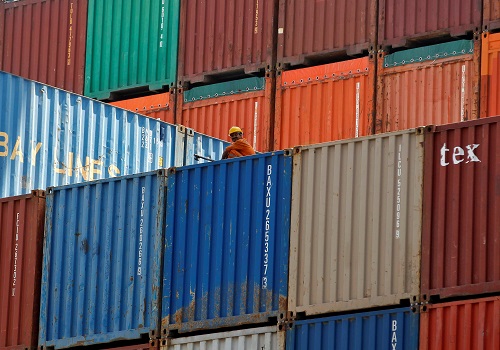
Follow us Now on Telegram ! Get daily 10 - 12 important updates on Business, Finance and Investment. Join our Telegram Channel
The domestic and global monetary policy stance will be more important for gauging the outlook for Indian bonds than inclusion to indexes, Capital Economics said in a note.
The 10-year benchmark India bond yield last week fell to its lowest level in a month following a media report that JPMorgan was in talks with major investors to include India in its GBI-EM Global Diversified Index.
India's inclusion could lead to a surge in foreign portfolio inflows, which would help to drive down local bond yields, traders and analysts said.
"Some of the optimism seems overdone," Shilan Shah, senior India economist at Capital Economics, said in the note.
"After all, there's not a great deal of evidence to suggest that inclusion in (or exclusion from) bond indices has a major impact on local financial markets."
Shah cited China and South Africa as examples where global bond inclusion has not affected local markets significantly.
"The bigger determinant of bond yields will be the outlook for domestic and global monetary policy," Shah said.
The Reserve Bank of India (RBI) has already raised rates by 140 basis points for this fiscal year to 5.4%, as it battles to tame inflation that is running above its upper-tolerance limit.
Robust economic growth and surging inflation have prompted the RBI to kick-start its hiking cycle, and we think the central bank will continue to frontload policy tightening, the research house said.
Capital Economics reckons that the repo rate will rise to 6.40% by early 2023 as against the consensus estimate of 6%.
On the global policy front, the U.S. Federal Reserve is likely to raise rates by 75 basis points next week to lift the policy rate to 3%-3.25%. It is widely expected that the U.S. central bank will hike rates again at its November and December meetings.
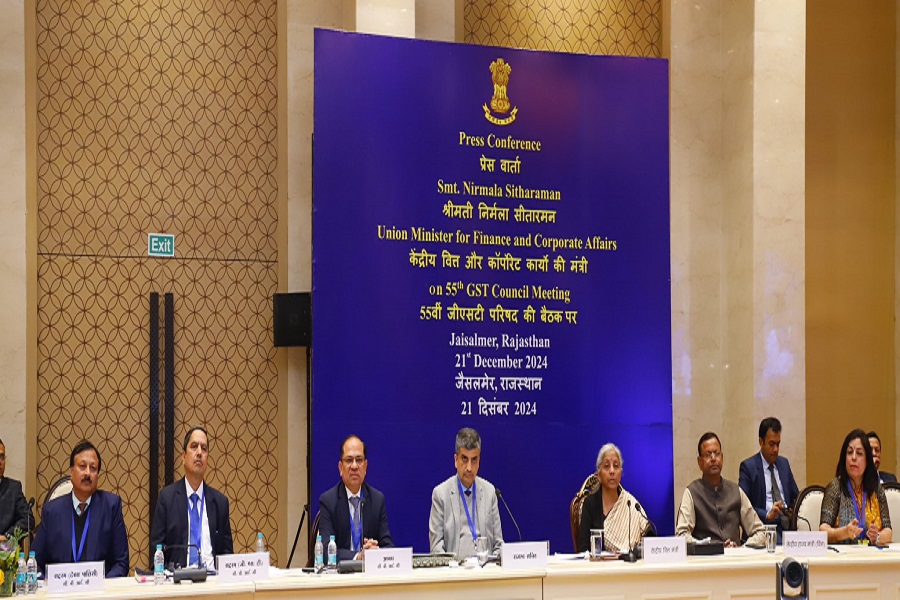

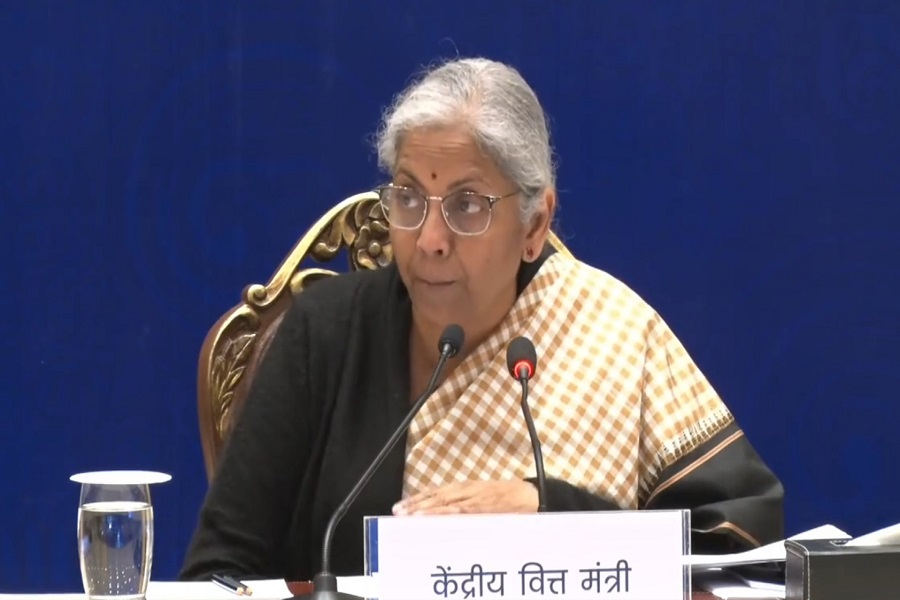

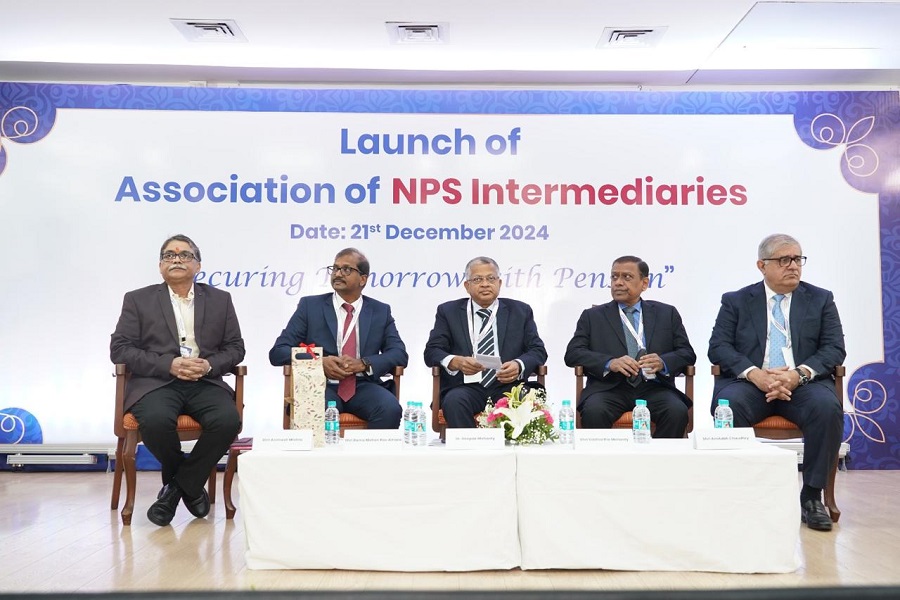







 320-x-100_uti_gold.jpg" alt="Advertisement">
320-x-100_uti_gold.jpg" alt="Advertisement">

